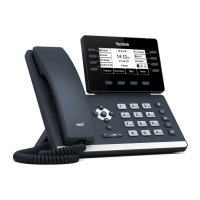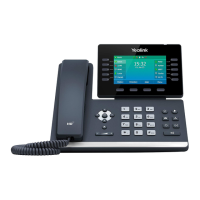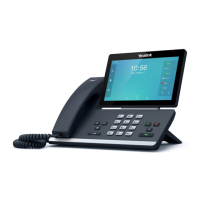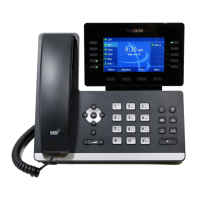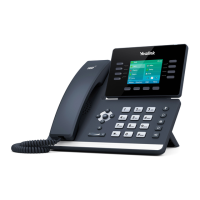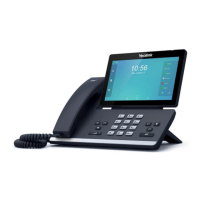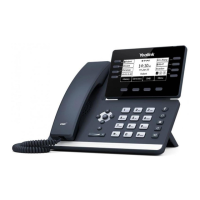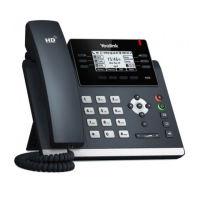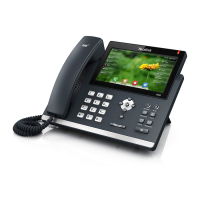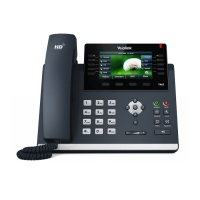Administrator’s Guide for SIP-T2 Series/T19(P) E2/T4 Series/T5 Series/CP860/CP920 IP Phones
88
A dialog box pops up to prompt that the settings will take effect after a reboot.
5. Click OK to reboot the phone.
To configure DHCP VLAN discovery via phone user interface:
1. Press Menu->Advanced (default password: admin) ->Network->VLAN->DHCP VLAN.
2. Press or , or the Switch soft key to select the desired value from the DHCP
VLAN field.
3. Enter the desired option in the Option field.
4. Press the Save soft key to accept the change.
A dialog box pops up to prompt that the settings will take effect after a reboot.
5. Click OK to reboot the phone.
IPv6 Support
Because Internet Protocol version 4 (IPv4) uses a 32-bit address, it cannot meet the increased
demands for unique IP addresses for all devices that connect to the Internet. Therefore, Internet
Protocol version 6 (IPv6) is the next generation network layer protocol, which designed as a
replacement for the current IPv4 protocol.
IPv6 is developed by the Internet Engineering Task Force (IETF) to deal with the long-
anticipated problem of IPv4 address exhaustion. Yealink IP Phone supports IPv4 addressing
mode, IPv6 addressing mode, as well as an IPv4&IPv6 dual stack addressing mode. IPv4 uses a
32-bit address, consisting of four groups of three decimal digits separated by dots; for
example, 192.168.1.100. IPv6 uses a 128-bit address, consisting of eight groups of four
hexadecimal digits separated by colons; for example, 2026:1234:1:1:215:65ff:fe1f:caa.
VoIP network based on IPv6 can provide end-to-end security capabilities, enhanced Quality of
Service (QoS), a set of service requirements to deliver performance guarantee while
transporting traffic over the network.
If you configure the network settings on the phone for an IPv6 network, you can set up an IP
address for the phone either by using SLAAC (ICMPv6), DHCPv6 or by manually entering an IP
address. Ensure that your network environment supports IPv6. Contact your ISP for more
information.
IPv6 Address Assignment Method
Supported IPv6 address assignment methods:
Manual Assignment: An IPv6 address and other configuration parameters (e.g., DNS
server) for the IP phone can be statically configured by an administrator.
Stateless Address Autoconfiguration (SLAAC)/ ICMPv6: SLAAC is one of the most
convenient methods to assign IP addresses to IPv6 nodes. SLAAC requires no manual
configuration of the IP phone, minimal (if any) configuration of routers, and no additional
servers. To use IPv6 SLAAC, the IP phone must be connected to a network with at least
one IPv6 router connected. This router is configured by the network administrator and
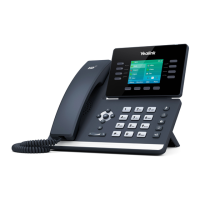
